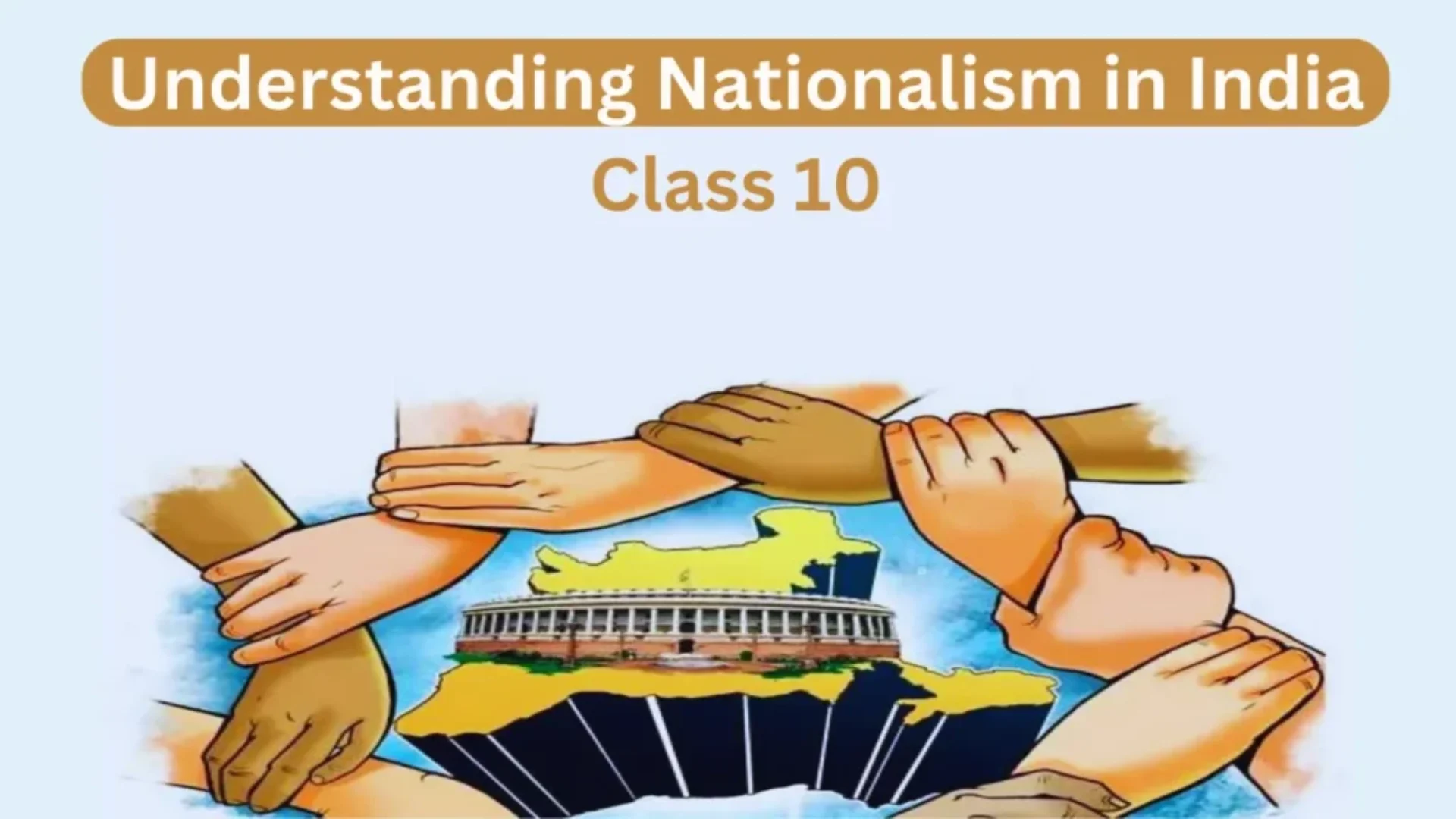Understanding Nationalism in India Class 10
Nationalism in India is a multifaceted and complex subject, particularly for students in Class 10 who are just beginning to delve into the intricacies of Indian history and politics. This blog aims to provide a comprehensive yet easy-to-understand overview of nationalism in India class 10, tracing its origins, evolution, and current significance.
Nationalism in India Class 10
Nationalism, at its core, is a sense of shared identity and unity among a group of people. In India, this sense of nationalism was kindled as a response to British colonial rule. The imposition of foreign laws, exploitation of resources, and disregard for Indian cultural practices gradually united diverse linguistic, regional, and religious groups under a common cause – the pursuit of independence and self-governance.
Key Figures and Movements
The contributions of iconic leaders mark the Indian struggle for independence:
- Mahatma Gandhi: His philosophy of nonviolent resistance (Satyagraha) was instrumental in mobilizing the masses.
- Jawaharlal Nehru: A prominent figure in the Indian National Congress, Nehru’s vision shaped the early years of Independent India.
- Subhas Chandra Bose: Known for his radical approach, Bose believed in armed struggle to drive the British out of India.
The Role of the Indian National Congress
Established in 1885, the Indian National Congress (INC) played a pivotal role in the Indian freedom struggle. Initially, the INC aimed at obtaining a greater share of government for educated Indians. However, it soon started advocating for complete self-rule.
The Impact of Partition
The partition of India in 1947 into two separate nations – India and Pakistan – was a turning point in Indian nationalism. This event caused immense displacement and loss of lives and sowed seeds of long-standing animosities. It also reshaped nationalist sentiments, emphasizing unity and integrity within the newly formed boundaries of independent India.
Post-Independence Nationalism
Post-independence, Indian nationalism faced the challenge of uniting a country with immense diversity. The central tenet of this phase was the integration of princely states and the establishment of a democratic republic. The Constitution of India, adopted in 1950, laid down the framework for a secular, sovereign, and democratic nation, reinforcing the national identity.
Contemporary Nationalism
nationalism in India class 10 is influenced by various factors including economic development, globalization, and regional politics. The rise of social media has also transformed the way nationalism is expressed and experienced.
Nationalist movements, both past and recent, have sparked debates on the very nature of Indian nationalism – whether it should be inclusive, embrace India’s diversity, or lean towards a more singular cultural identity.
Conclusion
Nationalism in India class 10 is a testament to the country’s resilience and unity in diversity. As Class 10 students, understanding this rich history not only contributes to academic knowledge but also fosters a sense of belonging and pride in India’s past and its future. Nationalism in India is a beautiful tapestry woven with struggles, sacrifices, and triumphs.





